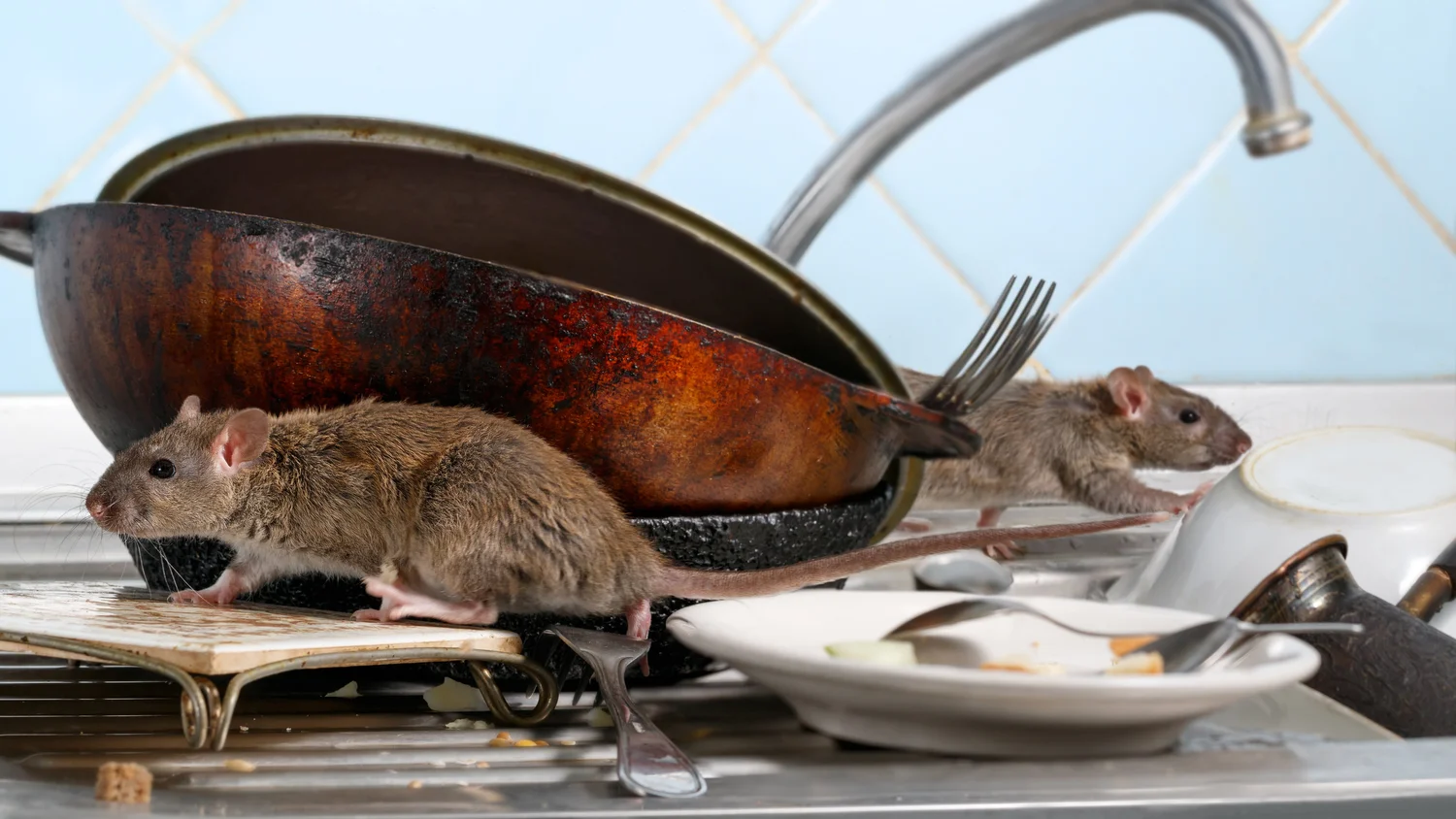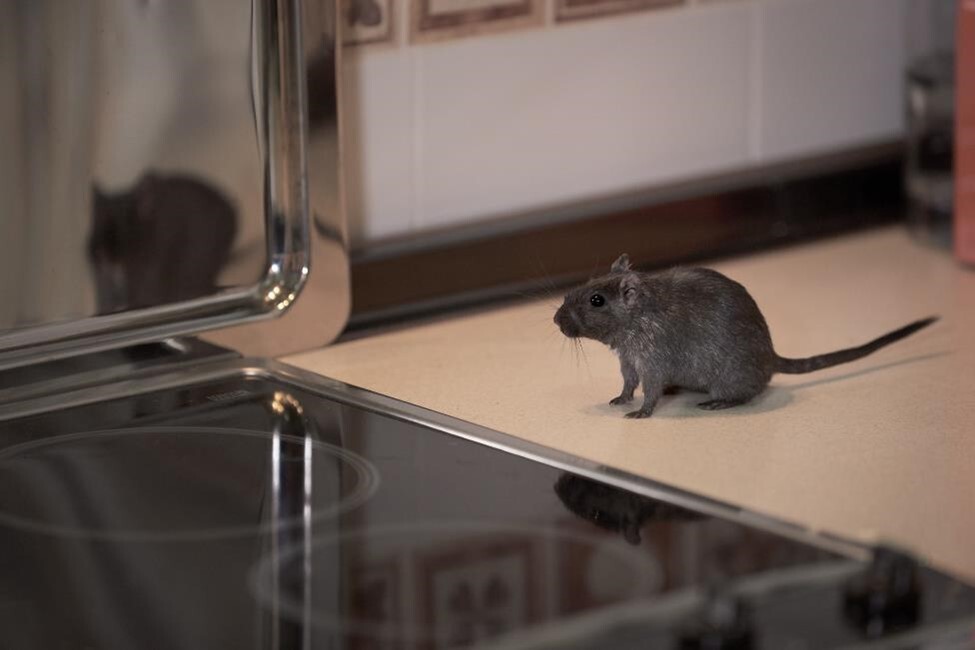Pest-proofing Your Home: Keep Unwanted Guests Away
Share
In recent years, the concept of pest-proofing your home has gained significant attention. Whether it's the pesky ants parading across your countertop or the ominous sounds of scuttling in your attic, unwanted pests can turn a tranquil household into a nightmare. This guide is designed to provide you with essential insights and effective strategies to help you ward off these unwelcome invaders and reclaim your sanctuary.

Why is Pest-proofing Your Home Essential?
The presence of pests in your home can lead to severe health issues, damage to property, and overall discomfort. Understanding the importance of pest-proofing your home can be the first step in ensuring a safe and comfortable living environment. By addressing this challenge head-on, homeowners can drastically reduce the risk of infestations.
Many pests carry diseases, and some, like rodents, can cause structural damage. By instilling a proactive mindset towards pest management, you're taking preventative measures that can save on hefty extermination costs in the future.
Identifying Potential Entry Points
An integral part of pest-proofing your home is examining and sealing potential entry points. Pests often sneak in through tiny cracks, vents, and gaps in doors or windows.
- Inspect and seal cracks in the foundation and exterior walls.
- Install weather stripping around doors and windows.
- Maintain screens on windows and vents to ensure they are in good condition.
By effectively fortifying these vulnerable areas, you can minimize the likelihood of pests gaining entry. To learn more about natural pest prevention methods, visit Natural Pest Prevention Methods.
Maintaining a Clean and Tidy Household
A clean home is less inviting to pests. Regular cleaning and maintenance routines can play a massive role in deterring persistent pests. Kitchen scraps, clutter, and untended gardens can all become hotspots for pest activity. Implement these practices effectively:
- Regularly sweep and vacuum floors to remove crumbs and spills.
- Store food in airtight containers to keep it out of reach.
- Remove standing water and attend to leaks immediately.
By maintaining a high standard of cleanliness, you're reducing the attraction for pests. For more DIY pest control strategies, head over to DIY Pest Control Strategies.
Landscape Management and Drainage
While focusing on the inside of your home is crucial, the exterior is equally important. Plants too close to the home can host pests, providing them easy access.
- Trim shrubs and trees to prevent branches from touching the house.
- Install proper drainage to avoid standing water.
Proper landscaping and drainage systems deter pests by eliminating favorable conditions for them to thrive near your home.
Using Natural and Chemical Repellents
Integrating natural and chemical repellents can enhance your pest-proofing strategy significantly. Many homeowners prefer natural methods to avoid harsh chemicals, but pest control products can be used cautiously if necessary.
- Best Home Pest Control Products provide various options for dealing with specific pests.
- Consider How to Prevent Pests in Your Home with a blend of mechanical and chemical approaches.
Using a balanced approach can keep your household safe without disrupting your living conditions excessively.

Frequently Asked Questions
What are some common household pests to watch for?
Many homes encounter pests such as ants, cockroaches, rodents, termites, and spiders. Identifying early signs of these pests can help address the issue before it escalates.
How often should I check my home for potential pest entries?
Quarterly checks are recommended to identify and seal any new entry points that may have developed over time.
Are natural repellents effective in pest-proofing a home?
Yes, many natural repellents can effectively reduce pest presence without exposing your household to harmful chemicals.
In summary, adopting a proactive approach towards pest-proofing your home does more than just keep unwanted guests awayit ensures the well-being and longevity of your property and the peace of mind of its inhabitants. For additional insights and effective pest control methods, consider visiting most effective pest control methods for homeowners.
This article contains affiliate links. We may earn a commission at no extra cost to you.
